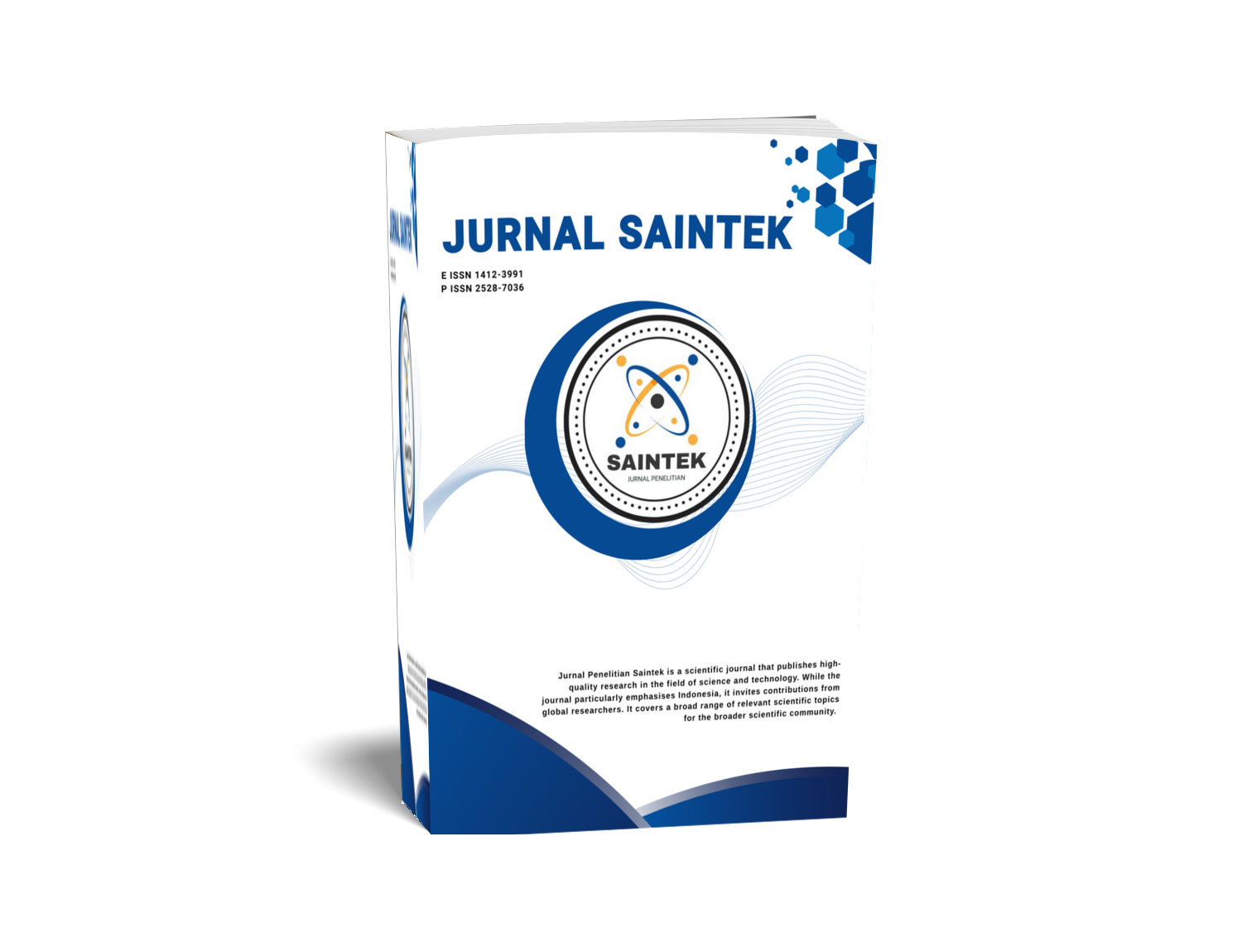UTILIZATION OF COPPER WEIGHT METAL ION (II), KROMIUM (III), TIMBAL (II), AND SENG (II) IN LIQUID WASTE INDUSTRY FOR ELECTROPLATING IRON COATING
DOI:
https://doi.org/10.21831/jps.v14i1.691Keywords:
electroplating, coating, ironAbstract
This Research aim to know: 1) the potential difference which can degrade the heavy metal ion concentration of Cu(II), Cr(III), Pb(II), and Zn(II) in liquid waste of electroplating maximally, 2) the efficiency of degradation of heavy metal ions concentration of Cu(II), Cr(III), Pb(II), and Zn(II) in liquid waste of electroplating at optimal potential difference, and 3)the potential difference yielding the nicest coat quality pursuant to its physical appearance.
This research early with the preparation electroplating: 1) the preparation of sample liquid waste, 2) platinum electrode,and 3) iron metal to be arranged in layers. The instrument of this research is potentiometers Shimadzu NES_5F. Process the electroplating has been done at variations of potential difference that are 2.0; 2.5; 3.0; 3.5; 4.;, 4.5; and 5.0 V. Analysis of concentration of metal ions in liquid waste of electroplating before and hereafter process the electroplating have been done by atomic absorbtion spectrophotometric (AAS). Perception result of coating have been done visually by researcher.
The result of this research are 1) the potential differences which can degrade the heavy metal ions concentration of Cu(II), Cr(III), Pb(II), and Zn(II) in liquid waste of electroplating maximally is 4 V, 2) efficiency of degradation of heavy metal ions concentration of Cu(II), Cr(II), Pb(II), and Zn(II) in liquid waste of electroplating at optimal potential difference successively are 21.30; 72.37; 51.00; and 58.60 %, and 3) potential difference yielding the nicest coat quality pursuant to its physical appearance is 4 V.
References
Candra Purnawan, dkk, 2007, Pemanfaatan Logam Berat Limbah Cair Industri Tekstil Untuk Pelapisan Logam Besi Dengan Metode Elektroplating, Prosiding Semnas Kimia 2007, FMIPA UNY, Yogyakarta
I Ketut Suarsana, 2008, Pengaruh Waktu Pelapisan Nikel pada Tembaga dalam Pelapisan Krom Dekoratif terhadap Kecerahan dan Ketebalan Lapisan, Jurnal Ilmiah Teknik Mesin CAKRAM, Vol 2, No. 1, Juni 2008, 48-60
Kaneco, S., Inomatta, K., Itoh, K., Funasaka, K., Musuyama, K., Itoh, S., Suzuki, T., Ohta, K., 2000, Development of Jurnal Penelitian Saintek, Vol. 14, No. 1, April 2009: 17-40 40 Economical Treatment System for Plating Factory Wastewater. Seikatsu Eisei, 44:211-215.
Marjorie, A. B. & James, RL., 1965, Electrofinishing, American Elsevier Publishing Company, Inc.,New York
Muhammad Afandi, 2005, Pelapisan seng (Zinc Plating) pada Besi (Fe) dengan Cara Elektroplating Sistem Bak Sianida, Skripsi, FMIPA UNES, Semarang.
Siti Marwati, dkk, 2007. Karakterisasi Sifat Fisika-Kimia Limbah Cair Electroplating. Laporan Penelitian, Yogyakarta: FMIA UNY
Syamsul Huda & Purwanto, 2005. Teknologi Industri Electroplating. Badan Penerbit Universitas Diponegoro, Semarang.
Yang, C. Q, et al, 2002, Electrodeposition and Physico-chemical Properties of Zn-Fe Alloy Coating from Sulfat Solution, Journal of Material Science Letter, Vol 21, 1677-1680.
Yazicigil, Z, et al, 2002, Recovery of Metals Complexes Solution by Electrodeposition, Chemistry Departmen, Selcuk University, Turkey.
Published
How to Cite
Issue
Section
Citation Check
License
Who Can Submit?
Any individual may submit an original manuscript for consideration for publication in Jurnal Penelitian Saintek as long as they hold the copyright to the work or are authorized by the copyright owner(s) to submit it. Authors retain initial ownership of the copyrights to their works prior to publication, except in cases where, as a condition of employment, they have agreed to transfer copyright to their employer.
User Rights
Jurnal Penelitian Saintek is an Open Access journal. Users are granted the right to read, download, copy, distribute, print, search, or link to the full texts of articles, provided they comply with the conditions of the Creative Commons Attribution-ShareAlike License 4.0 (CC BY-SA 4.0).
https://creativecommons.org/licenses/by-sa/4.0/
Author Rights
Authors retains copyrights.
Jurnal Penelitian Saintek by http://journal.uny.ac.id/index.php/saintek is licensed under a Creative Commons Attribution-ShareAlike 4.0 International License.









